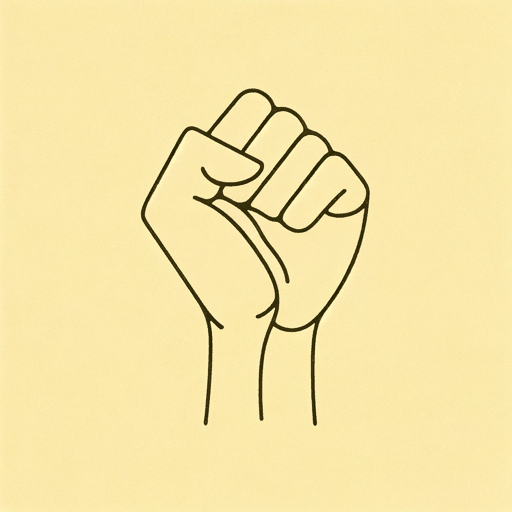55 pages • 1 hour read
Angela Y. DavisWomen, Race & Class
Nonfiction | Book | Adult | Published in 1981A modern alternative to SparkNotes and CliffsNotes, SuperSummary offers high-quality Study Guides with detailed chapter summaries and analysis of major themes, characters, and more.
Index of Terms
Abolition or Anti-Slavery Movement
The movement to end the practice of slavery in the US South, culminating in the Civil War. This movement deeply divided the country but gained widespread support from free Black men and women and white abolitionists. Davis discusses this movement in the context of the birth of the women’s rights movement, noting that later women’s rights leaders such as Elizabeth Cady Stanton and Lucretia Mott were abolitionists. Through their involvement with the anti-slavery movement, white women gained experience in organizing and public speaking that would later assist them in campaigning for women’s rights. These political skills were necessary in part because of rampant sexism even within the anti-slavery movement: Female abolitionists had to defend their right as women to protest slavery.
Birth Control Movement
The birth control movement began with the 19th-century idea of “voluntary motherhood.” Although Davis believes that reproductive rights like birth control and abortion are a “fundamental prerequisite for the emancipation of women” (202), she criticizes the movement’s racist history. Davis discusses the birth control movement extensively in Chapter 12 to discuss eugenics’ influence on the movement, which included sterilization abuse and later hamstrung the abortion rights campaign with respect to the participation of women of color and working-class women.
Related Titles
By Angela Y. Davis




